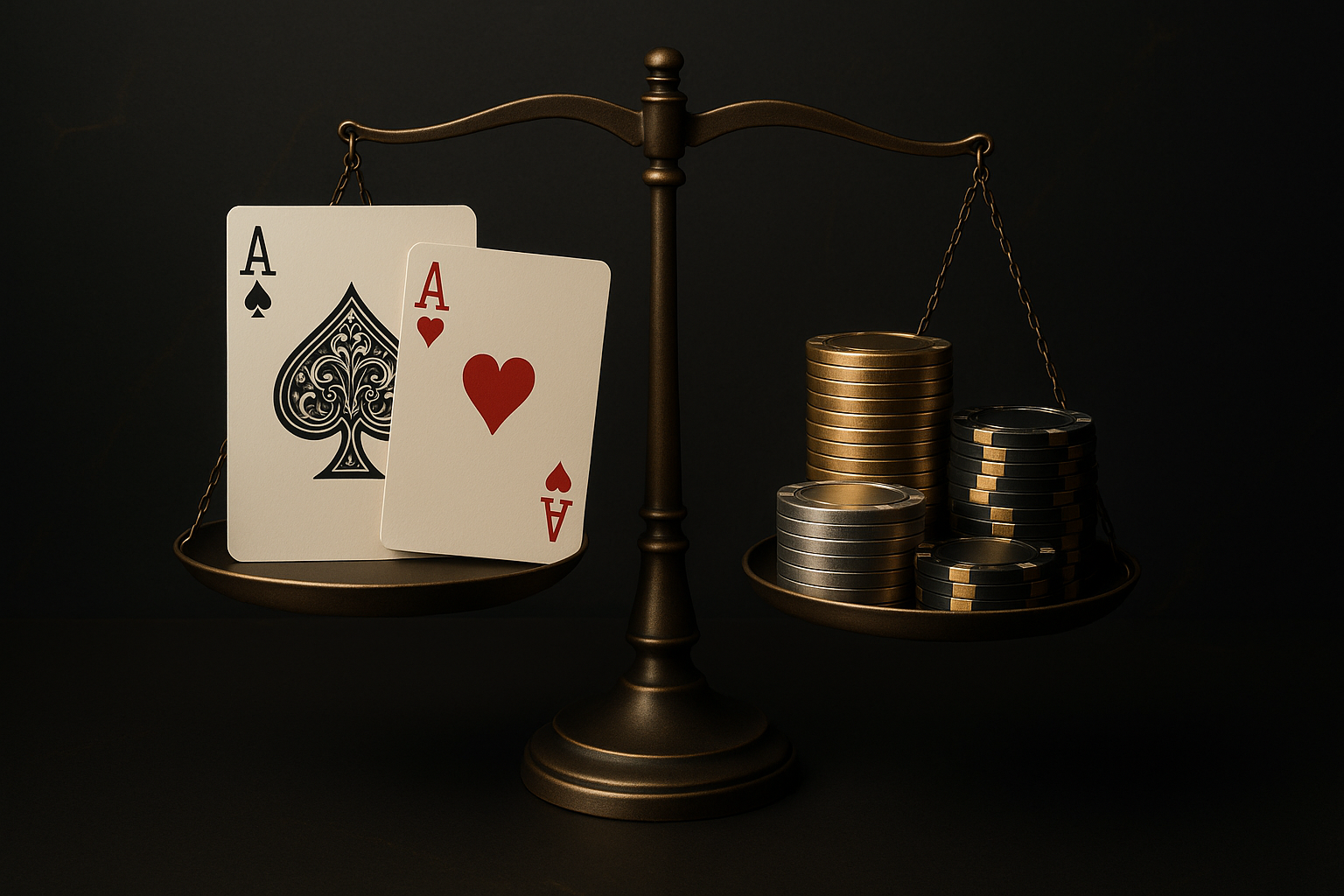
Each tournament poker table has its own unique blend of player types. To achieve consistent deep runs, a player needs to be able to quickly identify the most common player categories and how to vary their play accordingly vs each different type.
One common misconception is that you don’t have any information on an opponent until you’ve seen them play many hands. In reality, you can deduce much about a player’s style and strategy just by their appearance and demeanor.
In this guide, we’ll delve into three classic poker player archetypes: the old nit, the young pro, and the recreational gambler. Let’s dissect these types and learn how to use this knowledge to your advantage.
1. The Old Nit
Appearance and Behavior:
The archetype of the old nit is someone seasoned, with years—perhaps even decades—of poker under their belt. Their attire is usually understated, often wearing classic or slightly outdated clothing. They give an aura of patience and are not frequently seen fidgeting or displaying overt emotion.
How to Spot:
Classic, timeless attire.
Infrequent participation in hands.
Observant, sometimes seen studying younger players.
Typically tight and reserved in both play and conversation.
Around 10 – 15% VPIP
Very low 3-bet frequency (2-5%)
Playing Style and Strategy:
Known for their conservative style, the old nit sticks to premium hands. They avoid risks and will often fold to aggressive plays unless they hold a strong hand. This predictability stems from their risk-averse nature and a deep respect for the game. They will usually only 3 bet QQ+ AK.
How to Counter:
Once you’ve identified an old nit, capitalize on their predictability. Steal blinds when you can and put them to the test with well-timed bluffs, especially on wet boards.
They are in general easy to read as their potential range of hands is limited – you can exclude many holdings from their possible hand combinations.
However, if they re-raise or play back, be wary—it’s likely they have a premium hand.
2. The Young Pro
Appearance and Behavior:
The young pro is often wearing a hoodie and/or headphones. They exude a quiet confidence, with every move calculated and every bet carrying a message.
How to Spot:
Modern, fashionable clothing.
Frequently using poker apps or tools.
Professional demeanor, often seen calculating pot odds or considering moves deeply.
Active table talk, analyzing plays and discussing strategies.
Usually has a higher VPIP frequency (15-20%+)
Will more frequently check raise and 3-bet
Playing Style and Strategy:
The young pro’s game is versatile. They’re just as likely to bluff as they are to play conservatively. Their strength lies in their adaptability and their keen understanding of modern poker strategy. They mix up their plays and are harder to pin down.
How to Counter:
The key to beating the young pro is unpredictability. Change up your own strategy and avoid settling into easily readable patterns. Additionally, pay close attention to their betting patterns—they often contain clues to their strategies with some being on the tighter side and others being hyper aggressive.
Young pros thrive on picking up patterns. Whether it’s the way you bet, the hands you play, or even your timing, any detectable pattern can be exploited. Always be conscious of the way you’re playing, your table image and make conscious efforts to change your tactics regularly.
3. The Recreational Gambler
Appearance and Behavior:
The recreational gambler plays poker for fun and thrills. Their attire might be casual or even touristy, and they have an air of relaxed nonchalance. They might be seen enjoying a drink, laughing, or even making light-hearted bets.
How to Spot:
Casual, relaxed attire.
Plays hands with more enthusiasm than strategy.
Engages in light banter, often seen enjoying the game’s social aspects.
Reactions to hands are more emotional and pronounced.
Likes to see a lot of flops










